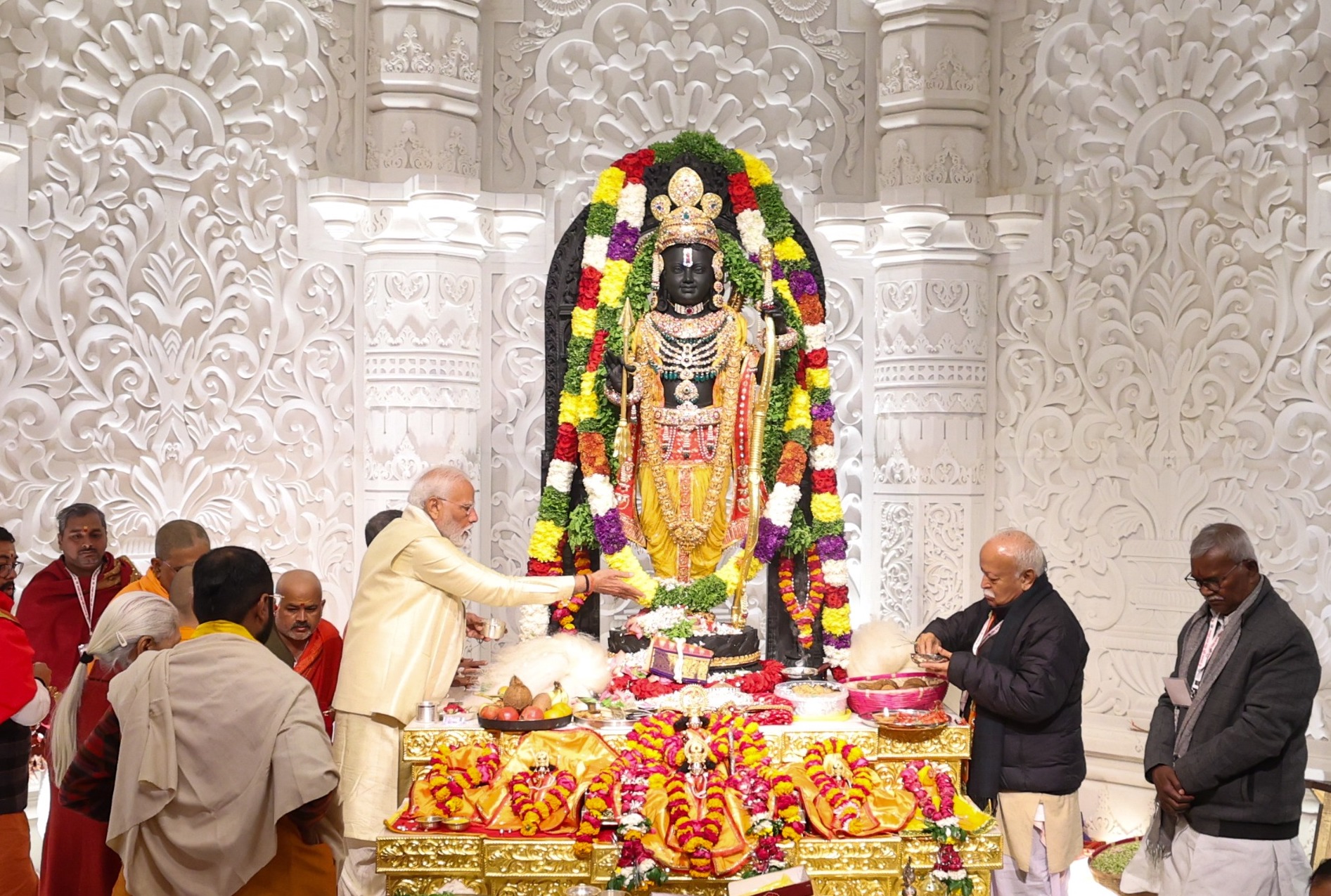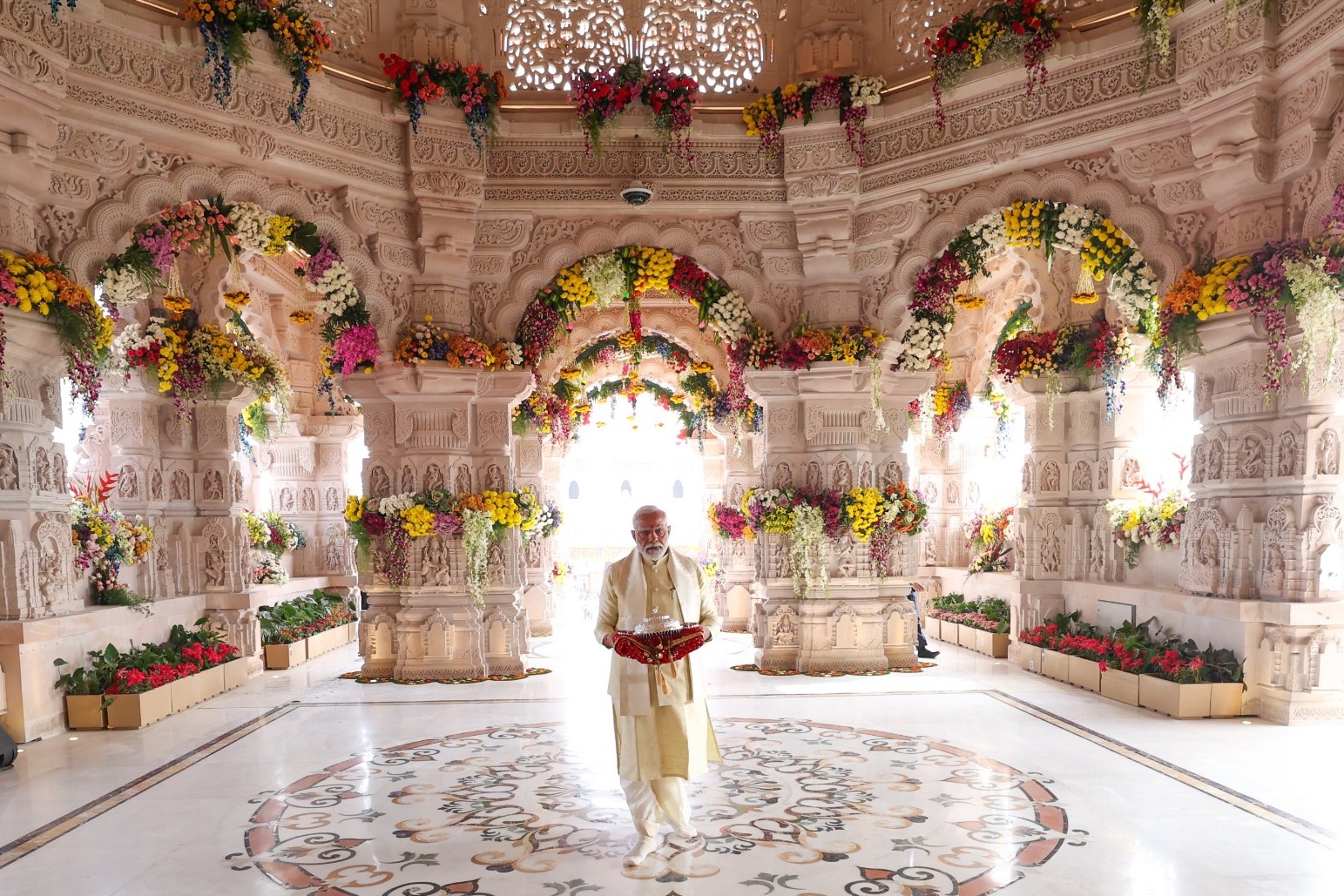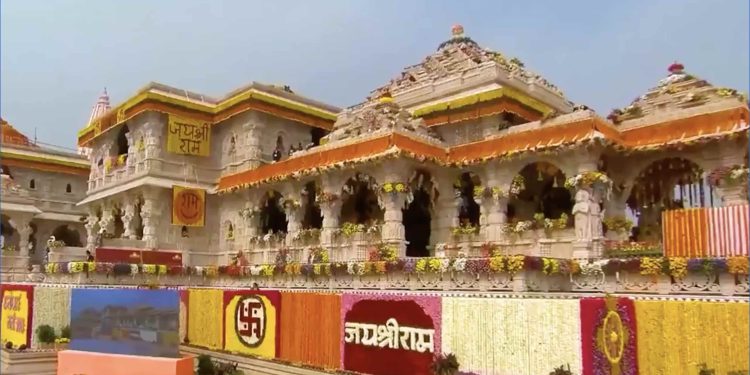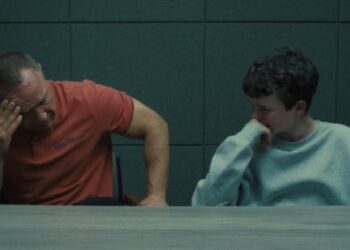Reminding you of Act 3, Scene 2 of Shakespeare’s Julius Caesar with some changes though.
Friends, Indians, Countrymen, lend me your ears;
I come to discuss Ram Mandir, not to condemn it.
The repercussions of that act linger on;
The harmony is oft buried with mosque’s stones;
So let it be with Ram Mandir. The noble protesters
Have told you the mosque was controversial
If it were so, it was a grievous fault,
And grievously hath the mosque answer’d it.
Here, under leave of those who stood by
For they are honourable men;
So are they all, all honourable men
Come I to speak on Babri Masjid’s fate.
It was a structure, historic? and revered?
But some say it was a disputed site;
And some, like the honourable state, did rule it so.
Yet these are honourable men.
I speak not to disprove what some claim,
But here I am to speak what I do know.
You all did see it once, not without cause:
What cause withholds you then, to Celebrate temple and mourn Babri’s loss?
O judgment, thou art fled to brutish beasts,
And men have lost their reason! Bear with me;
My heart is in the rubble there with Caesar,
And I must pause till it come back to me.
Diverse Perspectives Amidst the Celebration
On the 22nd of January, the grand consecration ceremony unfolded at the Ram Temple in Ayodhya, drawing a multitude of attendees, including a flurry of celebrities who added a touch of glamour to the sacred occasion. It’s intriguing how diverse ideologies coexist, each person navigating their beliefs amidst the tapestry of convictions. Beyond the spiritual significance, the allure of business interests cast a captivating spell. In the dynamic market landscape, events like these become golden opportunities for a splash in the realm of PR, prompting both renowned and less celebrated figures to capitalize on the moment. Today’s ponderance doesn’t dwell on who participated or abstained; rather, it probes the intriguing transformation of those initially opposed to the temple’s construction or its supporters, now seemingly embracing and endorsing this monumental venture. The enigma lies in the fluidity of convictions amidst the evolving narrative.
U-Turn Alert
Let’s delve into this. Many Indians across the globe are considering the construction of the Ram Temple as a proud moment. They are delighted that they have won, turning this movement into a 500-year-old struggle placed before us. In the meantime, many were initially against the construction of the Ram Temple, but now they stand with it. Why is that? There are some reasons behind this that we have observed, and today, we want to present them before you.

Factors Influencing the Transformation
Moral Obligations Post-Babri Masjid Demolition
The first is a moral obligation. When the Babri Masjid, known as a disputed structure by many Hindus, was demolished, a law-abiding normal Indian who was hurt by the breaking of the law felt bad if we momentarily remove religion from here. The demolition of the Babri Masjid had hurt many hearts; it was a significant violent act. However, as soon as the court validated the construction and the state organised it, the moral obligations that were there came to a halt. This meant that the person who understood the situation, was not a supporter of any political party, the same voter who was hidden, who is responsible for changing the direction of elections in the country, started supporting it openly.
Religious Reasons and Ever-Changing Truths
The second is a religious reason. Whether you want it or not, you are somehow connected to religion in your name, your culture, your daily routine; your religion holds a significant place. And that’s why sometimes, in such situations, it feels like the next religion also did the same; for him, according to the politics of 1992, the truth was Demolition. But in 2024, his truth is something else because his truth depends on the time, the people around him, friends, colleagues, office, and family supporting him, the business from which he is benefiting – that is his truth at that moment. Many people whose truth was something else in ’92, it has become something else today.
Narrative Building and Celebration of the Act
The third is that some people who had the question in their minds that even if it was wrong, they keep themselves neutral in one place, that demolishing the Babri Masjid was wrong, but they also believe that it was the birthplace of Lord Ram. And before democracy, every king, when he captures any land, either demolishes the temple of the defeated king’s god or establishes his own god and rules. So, in the past 22 days, the narrative-building work that was being done, you could see speakers in podcasts, historians, authors supporting this view. Slowly, they turned the act demolishing the mosque into celebration. The time when people used to take a pause and think earlier, where the most significant thing was considering the difference between democracy and autocracy, these speakers stopped taking that time and legitimised it, saying that demolition was necessary. Because if it hadn’t been demolished, the Indian judiciary could never have made this decision. Whether it was a mosque or not, but by demolishing it and giving the order for a temple there, it would have become impossible for the judiciary. So, they started justifying that act, and today it seems to be celebrated. Seeing the victim of that narrative building, the eager crowd for the consecration of the idol, so many functions, state-sponsored things, their narrative has also changed. But if you pay special attention, it seems sponsored in some way.
Business Dynamics: Shaping Professional Pursuits
The fourth factor intricately ties into the realm of business dynamics. Individuals who initially perceived an alignment between their political and business interests and the potential for growth rallied behind this particular cause. Fast forward to the present, and the landscape of their professional pursuits, be it political commentary, journalism, or any entrepreneurial venture, reflects a strategic pivot. Their allegiance now lies with what the majority of the public supports – a straightforward and pragmatic approach in navigating the currents of public sentiment. It underscores the malleability of priorities, where individuals recalibrate their affiliations based on the prevailing winds of popular opinion, illustrating a clear and uncomplicated adaptation to the ever-shifting tides of public preference. Because capitalism is ready to commercialise those emotions that it sees can be useful for the market.
Silencing Dissent: Impact on Journalists and Activists
The last point on our side delves into the silencing of journalists, social activists, and authors who were outspoken critics of the government. Those who championed open dialogue in the country found their voices stifled by the state. The struggles and efforts they endured in speaking against the government left a lasting impact on those who believed in the power of speech to shape the nation’s course. When they spoke about their own struggles against the state, how challenging it is for them to speak freely, to raise voice against the state. The lingering question arose: if these individuals, who fought against the government openly, couldn’t achieve much, what could we, working from the confines of our homes, hope to accomplish? Gradually, this mindset settled in, leading many to reluctantly convince themselves that their current approach, praising before speaking and justifying as they go, is the right course of action. It reflects a shift in mindset influenced by the perceived limitations faced by those who once advocated for outspoken change.

Conclusion: Unravelling the Dance of Changing Convictions
As we navigate the twists and turns surrounding the Ram Temple, the intriguing dance of changing convictions comes to the forefront. Beliefs and loyalties take surprising about-faces, highlighting the mysterious ways in which our convictions evolve. Even with change, some elements remain constant, underscoring the enigmatic nature of our beliefs in this ever-evolving narrative.
In the end, this switch from saying no to saying yes is like a fascinating dance. It involves how people see right and wrong, their faith, the stories they hear, the jobs they do, and the tough truth that sometimes speaking out can be hushed. With the Ram Temple proudly standing, it’s like looking at a puzzle where beliefs and loyalties can make a surprising about-face, showing that even with change, some things stay oddly the same – the mysterious ways our beliefs can take a surprising turn.
You views matters
In the grand democracy theatre, your views steal the show. Let’s keep the curtains rising!











